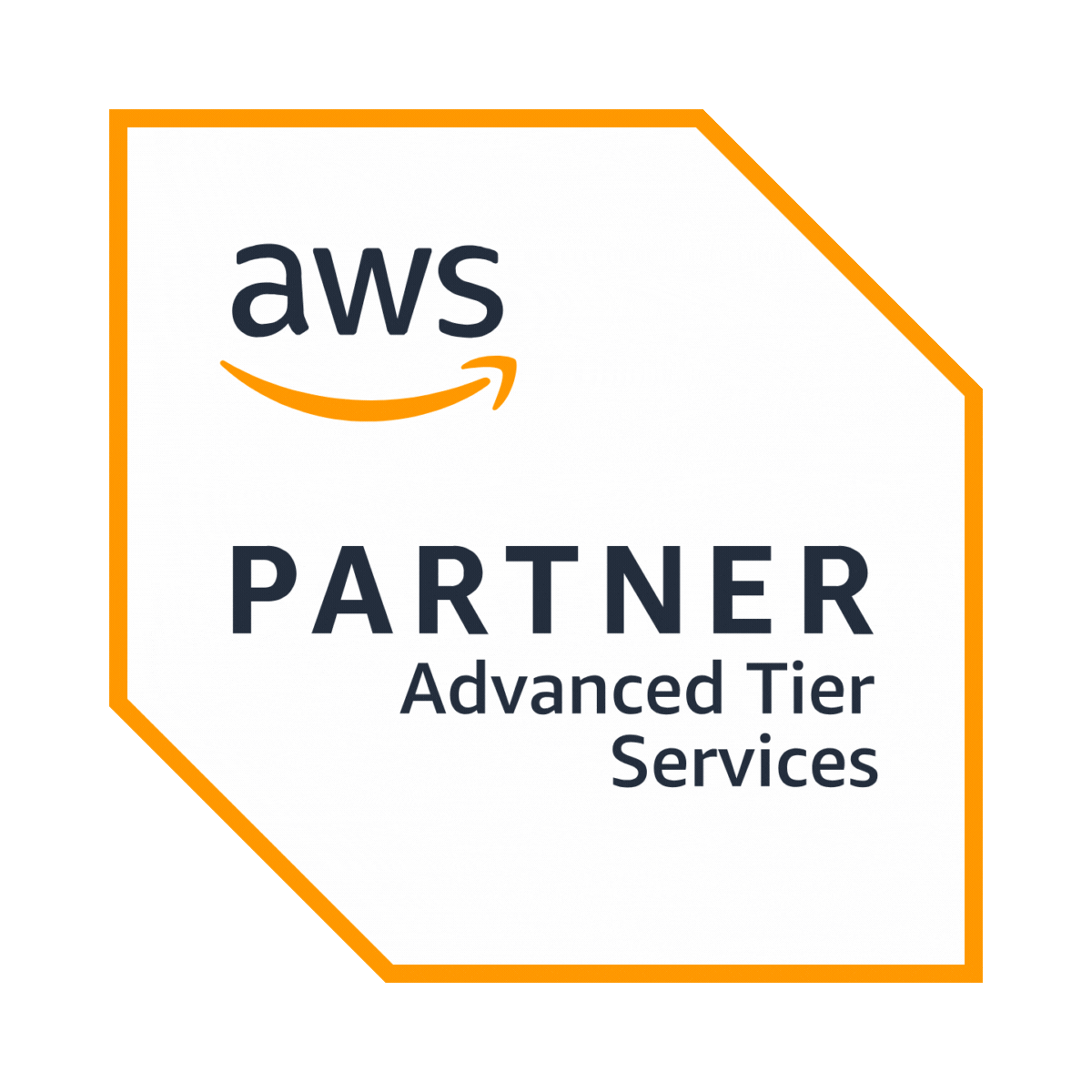How cloud services are evolving
Cloud computing continues to be a driving force in digital transformation, enabling businesses to scale operations, improve efficiency, and enhance security. With global public cloud spending projected to reach $678.8 billion by 2025 (Gartner), organizations are increasingly investing in multi-cloud strategies, AI-driven cloud services, and security enhancements to remain competitive.
This blog explores the latest cloud services trends, industry growth statistics, and key advancements in cloud technology, providing a roadmap for businesses navigating the evolving cloud landscape.

Cloud adoption and industry growth trends
1. Increased enterprise investment in cloud services
Cloud adoption is accelerating as businesses shift from traditional IT infrastructure to cloud-native and SaaS solutions. Enterprises are prioritizing cloud investments to enhance agility, scalability, and cost efficiency.
Industry insight
- 94% of enterprises now use cloud services, with 67% adopting a multi-cloud strategy (Flexera 2024 State of the Cloud Report).
- Spending on cloud infrastructure services grew by 21% in Q3 2024, reaching $73.5 billion (Canalys).
2. Growth of industry-specific cloud solutions
Cloud service providers are developing industry-specific solutions tailored to healthcare, finance, manufacturing, and retail, integrating AI, data analytics, and automation for better performance and compliance.
Industry insight
- Banking and financial institutions are expected to spend $79 billion on cloud services in 2025, focusing on AI-driven risk management and compliance (IDC).
- Healthcare cloud computing is growing at 17.8% CAGR, driven by telemedicine, electronic health records, and AI-powered diagnostics (Market Research Future).
Key cloud computing trends shaping the future
1. Multi-cloud and hybrid cloud adoption
Businesses are embracing multi-cloud and hybrid cloud models to balance security, performance, and vendor flexibility. Hybrid cloud strategies help integrate on-premise systems with public and private cloud environments.
Industry insight
- 70% of enterprises will deploy hybrid or multi-cloud solutions by 2026 to avoid vendor lock-in and improve data sovereignty (Gartner).
- Large enterprises managing hybrid cloud workloads report a 50% increase in IT efficiency (McKinsey).
2. Rise of AI-driven cloud services
Artificial intelligence (AI) and machine learning (ML) are transforming cloud computing by automating IT operations, enhancing security, and optimizing workloads. AI-driven cloud solutions enable predictive analytics, automated resource allocation, and intelligent cybersecurity.
Industry insight
- AI-powered cloud automation can reduce operational costs by 40% through self-healing IT infrastructures (Accenture).
- 80% of enterprises plan to implement AI-driven cloud optimization tools to enhance performance and cost efficiency (IDC).
3. Serverless computing adoption on the rise
Serverless computing eliminates the need for businesses to manage infrastructure, allowing developers to focus on building applications. Serverless platforms automatically scale workloads and reduce idle compute costs.
Industry insight
- The global serverless computing market is projected to reach $36.8 billion by 2027, growing at a CAGR of 22.7% (MarketsandMarkets).
- Organizations using serverless solutions report 35% faster application deployment cycles compared to traditional cloud models (Forrester).
4. Cloud security and zero trust frameworks
With increasing cyber threats, businesses are prioritizing cloud security measures such as Zero Trust Architecture (ZTA), AI-driven threat detection, and advanced encryption technologies.
Industry insight
- 81% of organizations are increasing cloud security investments due to rising cyber threats (Cybersecurity Insiders 2024).
- Cloud-based Zero Trust adoption is expected to grow by 78% by 2026, as businesses enforce continuous authentication and least privilege access (Forrester).

Emerging cloud technology trends to watch
1. Edge computing for real-time processing
Edge computing is minimizing latency and improving real-time analytics by bringing cloud services closer to users and devices. This trend is critical for industries like IoT, smart cities, and autonomous vehicles.
Industry insight
- By 2025, 75% of enterprise data will be processed at the edge, reducing dependence on centralized cloud data centers (Gartner).
- The global edge computing market is expected to reach $206 billion by 2030, fueled by 5G networks and IoT growth (Allied Market Research).
2. Green cloud computing and sustainability
Cloud providers are investing in energy-efficient data centers and carbon-neutral cloud services to support corporate sustainability goals. Businesses are adopting green cloud strategies to reduce emissions and lower operational costs.
Industry insight
- Major cloud providers, including AWS, Microsoft, and Google Cloud, aim for 100% renewable energy by 2030.
- Enterprises adopting sustainable cloud solutions report up to 30% savings on energy costs (IDC).
3. FinOps for cloud cost management
With cloud spending rising, organizations are focusing on cloud financial operations (FinOps) to optimize costs, manage resource allocation, and improve budget forecasting.
Industry insight
- 70% of enterprises using FinOps tools reduce cloud waste by 25%, improving budget predictability (Flexera 2024).
- Companies with a FinOps strategy see an average of 30% savings on cloud costs annually (Gartner).
Best practices for navigating cloud services trends
1. Develop a multi-cloud strategy
Businesses should leverage multiple cloud providers for high availability, cost optimization, and resilience against service outages.
2. Prioritize AI-driven cloud optimization
Using AI-powered cloud management tools can help automate workload distribution, enhance performance monitoring, and improve security compliance.
3. Implement zero trust security policies
Organizations should enforce strong authentication, continuous monitoring, and least privilege access controls to mitigate security threats.
4. Optimize cloud costs with FinOps
Regularly auditing cloud usage, scaling resources based on demand, and leveraging cost-saving programs can significantly reduce unnecessary cloud expenditures.
Conclusion
Cloud services trends continue to evolve, shaping the future of digital transformation, security, and cost management. Businesses embracing AI-driven automation, hybrid cloud strategies, and sustainable cloud solutions will be well-positioned for long-term success.By staying informed on cloud computing trends and adopting best practices, organizations can maximize the benefits of cloud technology while maintaining efficiency, security, and cost-effectiveness.














